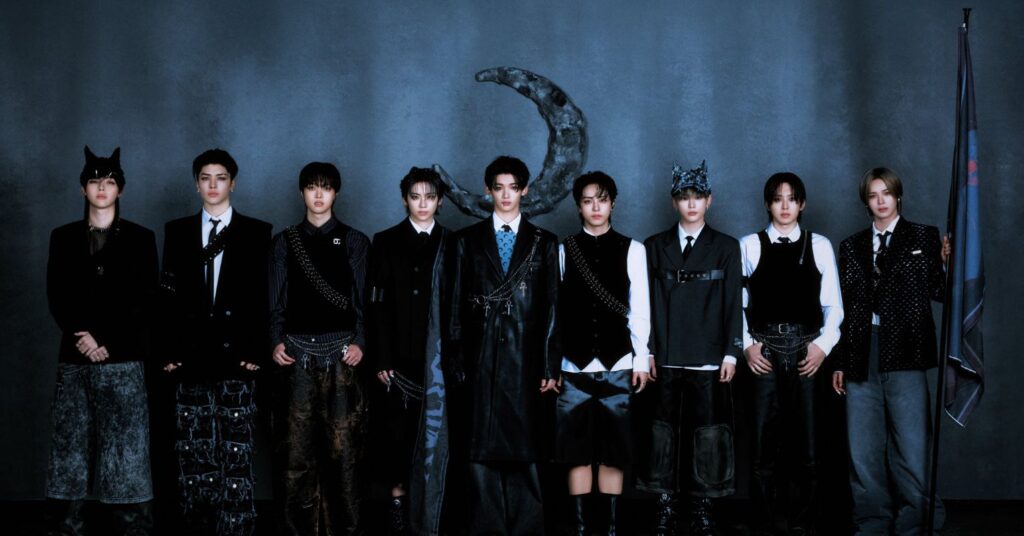Unveiling the Legacy of Yogyakarta Palace’s State Apparatus Through “Hamong Nagari”
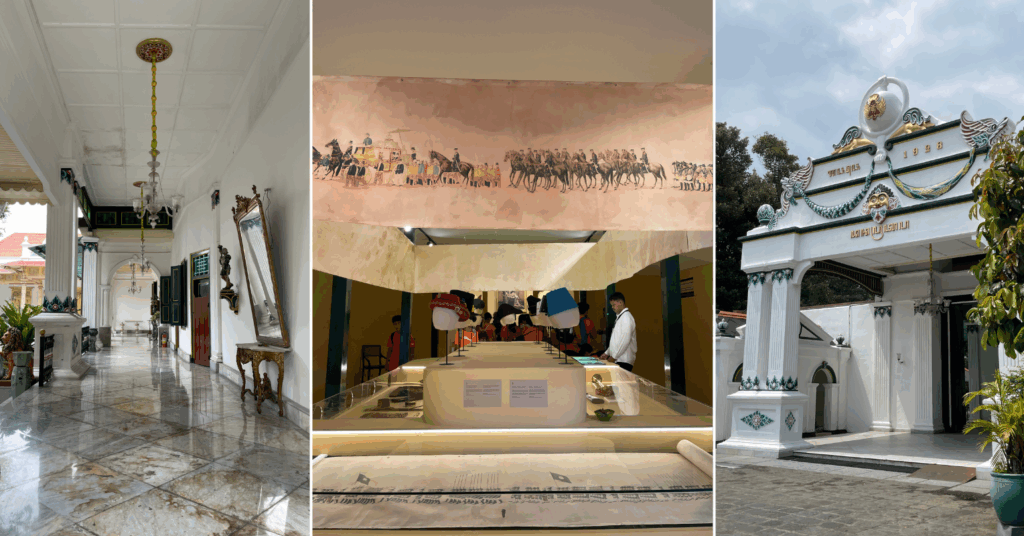
The city of Yogyakarta, Indonesia is steeped in cultural heritage, with traditions seeping into every aspect of daily life. Governed under a monarchy system, the Yogyakarta Palace — known as Keraton Ngayogyakarta Hadiningrat — serves as the heart of the city’s customs and traditions, shaping how they are practiced and preserved.
As part of its mission to preserve this heritage, the palace hosts a series of temporary exhibitions, each exploring different facets of its rich culture. EnVi spoke with Fajar Widjanarko, curator of “Hamong Nagari,” to discuss the royal palace’s state apparatus and its historical significance, the importance of presenting an attribute, and the historical governing life of the Keraton.


Photos courtesy of Syiva Zahra Arhanni (2025).
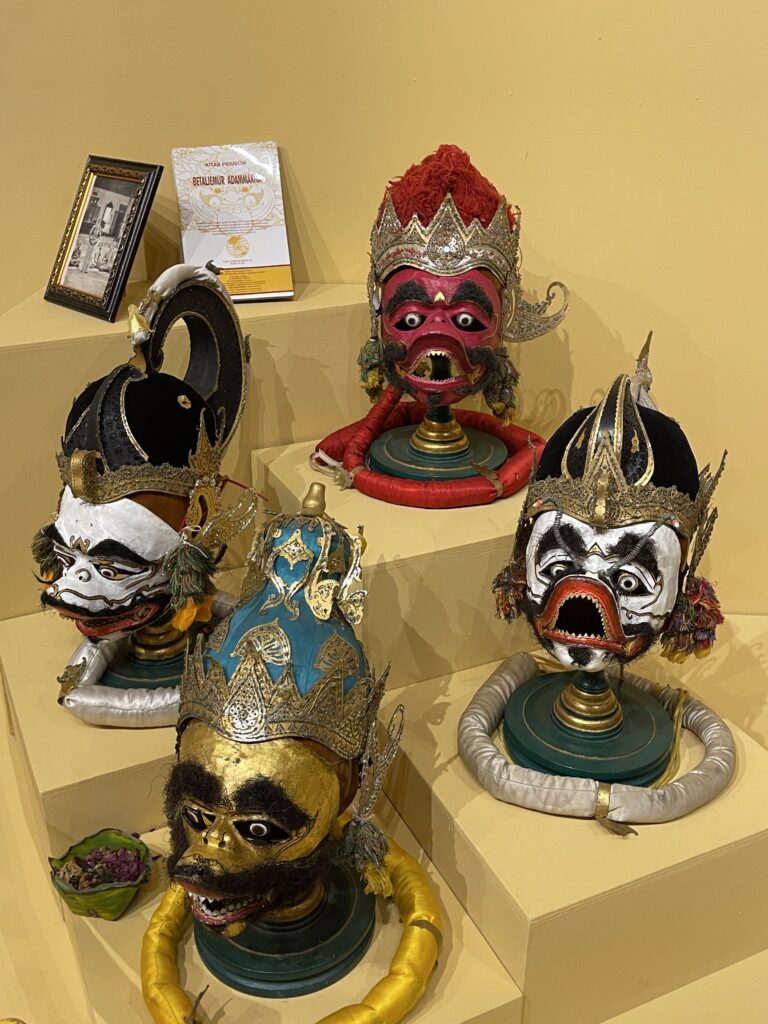
Introducing “Hamong Nagari”
The Yogyakarta Palace (Keraton Ngayogyakarta Hadiningrat) welcomed the new year with this year’s temporary exhibition “Hamong Nagari.” The showcase offers visitors an intimate look into the evolving roles of Abdi Dalem, the dedicated courtiers who have long been the backbone of palace life.
More than just a glimpse into history, “Hamong Nagari” invites the public to understand the palace’s intricate social structure through the lens of its official attire. Each piece of clothing worn by the Abdi Dalem is not merely ceremonial — it also carries deep philosophical meaning, reflecting hierarchy, duty, and the enduring traditions of Yogyakarta’s royal administration.
“This year, we emphasize the transformation of Abdi Dalem over time, adapting to the changing needs of the palace while maintaining their essential role in preserving cultural heritage,” shared Nyi RRy Noorsundari, Carik Kawedanan Radya Kartiyasa from the Keraton’s tourism division and production leader of the exhibit.
Beyond uniforms, the exhibition explores administrative records, the geographical etymology of Yogyakarta’s neighborhoods, and the contrast between pre- and post-independence governance — all curated with a blend of historical depth and contemporary presentation.
Adding to the experience, the exhibition’s opening features a striking fashion showcase of Aparatur Nagari Ngayogyakarta Hadiningrat (state apparatus) uniforms. Accompanied by an acapella performance from the Yogyakarta Royal Choir, the event transforms historical artifacts into a living, breathing narrative.
About Keraton Ngayogyakarta Hadiningrat
The Yogyakarta Royal Palace, or Keraton Ngayogyakarta Hadiningrat, was established following the division of the Mataram kingdom, in what is now modern day Indonesia. By the late 16th century, Mataram had become a dominant Islamic power in central-southern Java. Its capital shifted multiple times — from Kota Gede (now a historic district in Yogyakarta) to Kerta, Plered, Kartasura, and finally Surakarta (modern-day Solo). However, growing Dutch colonial influence weakened Mataram’s sovereignty, leading to resistance led by Prince Mangkubumi, a royal figure who opposed the Dutch-backed administration, including Prime Minister (Patih) Pringgalaya. This conflict evolved into a broader struggle for independence.
The dispute was settled with the Giyanti Agreement on February 13, 1755, a treaty that formally split Mataram into two distinct territories. Surakarta came under the rule of Sunan/Sunanate (Susuhunan) Paku Buwono III, while Prince Mangkubumi became Sultan Hamengku Buwono I, founding Yogyakarta as a separate kingdom. This division not only reshaped Java’s political landscape but also gave rise to the distinct cultural identities of Surakarta and Yogyakarta — differences that remain influential in Javanese traditions today.
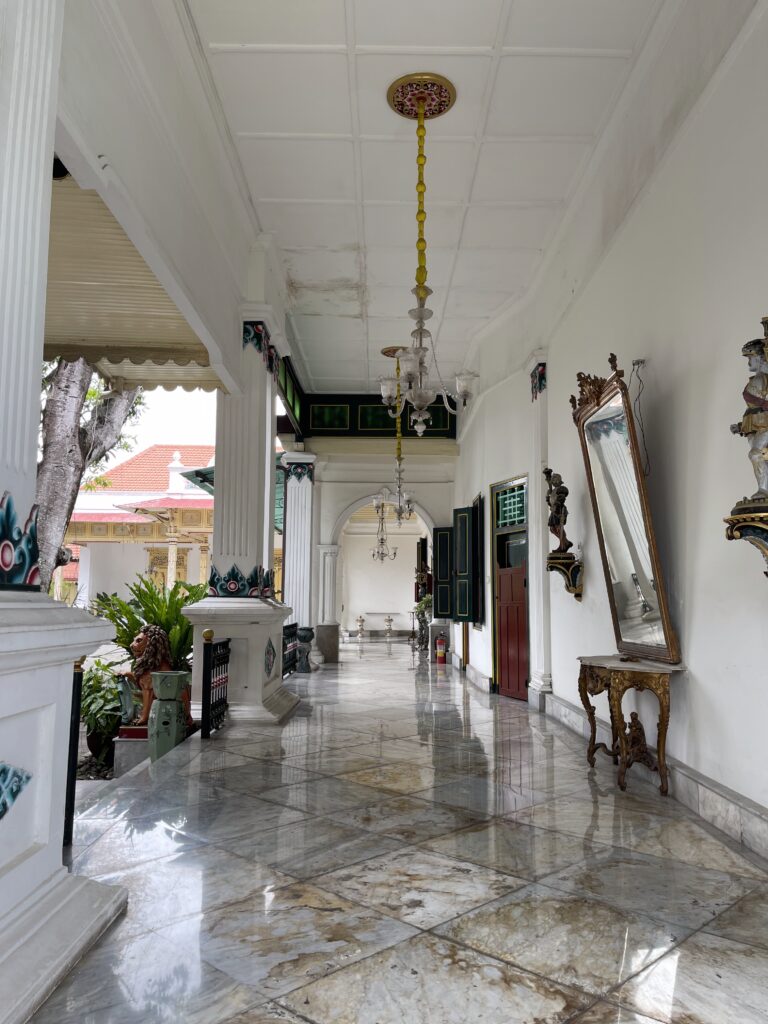
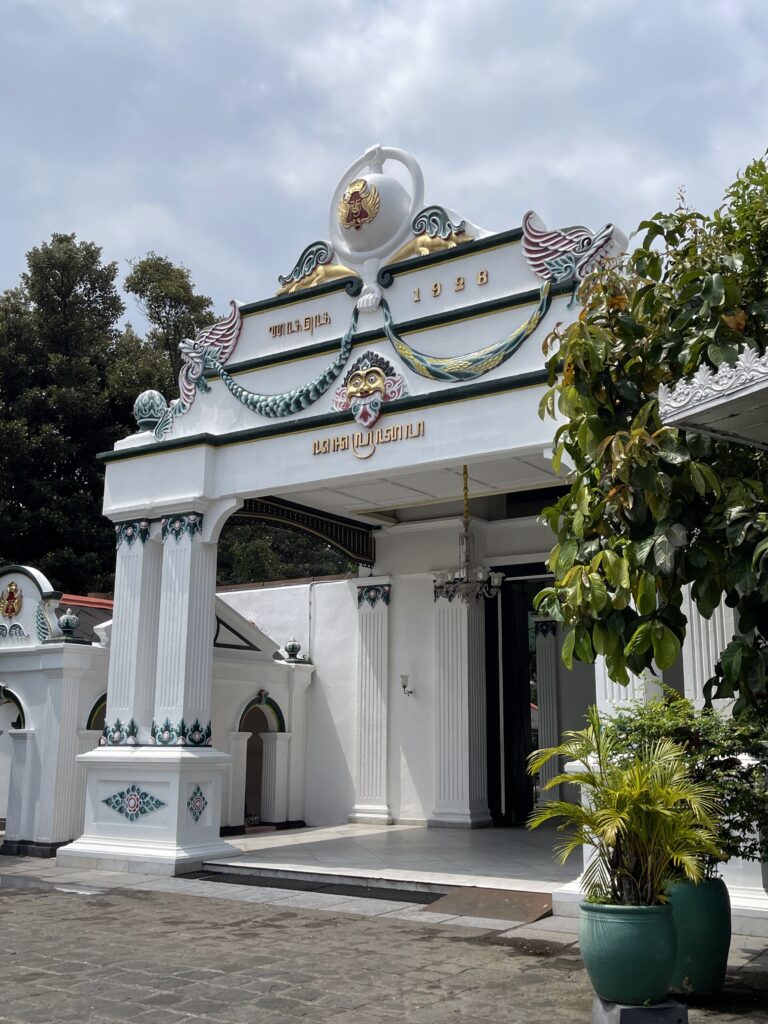
Photos courtesy of Syiva Zahra Arhanni (2025).

On Preserving Culture and Tradition
To foster greater cultural awareness in Yogyakarta, the Keraton aims to further explore insights not only from within its own institution but also from external sources. Each year, the anniversary of the ascension of Sri Sultan Hamengkubuwono X, Yogyakarta’s tenth sultan, marks an important moment for the palace to do so.
“Since 2019, the Keraton has been actively working to restore the essence of Yogyakarta’s cultural heritage through two key initiatives. The first is the International Symposium on Javanese Culture, which delves into specific topics under a common theme. The second is an exhibition, providing a tangible representation of these discussions,” said Widjanarko.
“As for Hamong Nagari, since it is closely related to the symposium, we have chosen to highlight the theme of state apparatus. This is particularly relevant because Yogyakarta, since its establishment in 1756 by Prince Mangkubumi, was already designed as a highly structured royal city,” he explained.
State Apparatus and Their Historical Significance
Some aspects may have been overlooked in research regarding the translation of state apparatus within the Yogyakarta Palace. The palace’s apparatus is not solely concerned with administration and household management but also includes those related to customary symbols and the legitimacy of the Sultan.
This topic expands as historical records indicate that, during Sultan Hamengku Buwono II’s reign, the attributes attached to the Sultan served as symbols that allowed people to recognize him as their ruler. Due to the vast territory and an imbalanced population, many people were distanced from direct interactions with the Sultan. Consequently, they identified him through the symbols and attributes he wore.
“This phenomenon is reflected in historical records, particularly in Peter Carey’s book Kuasa Ramalan (The Power of Prophecy). During the Geger Sepehi incident, Sepoy troops from India were unable to identify Sultan Hamengku Buwono II until he was brought to Bangsal Sri Manganti (Sri Manganti Ward). It was only there that he was recognized through his attributes, including diamond-studded buttons, gold-threaded attire, embroidered slippers, and a jewel-encrusted keris. These symbols enabled Raffles to confirm his identity as the Sultan,” Widjanarko explained.
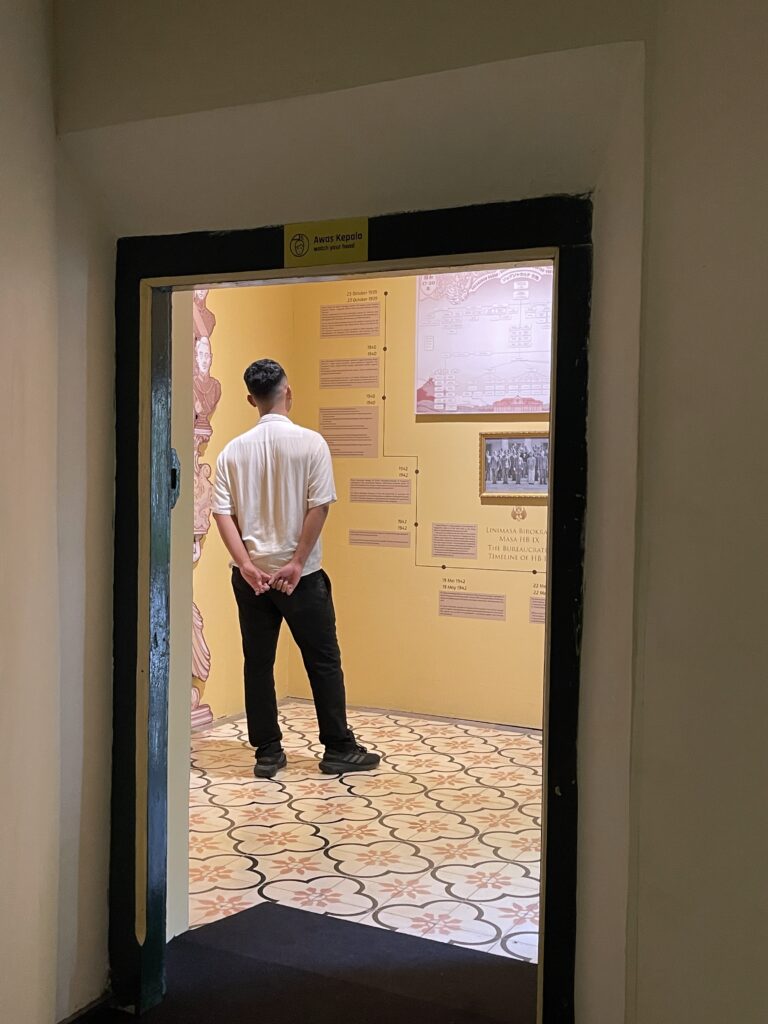
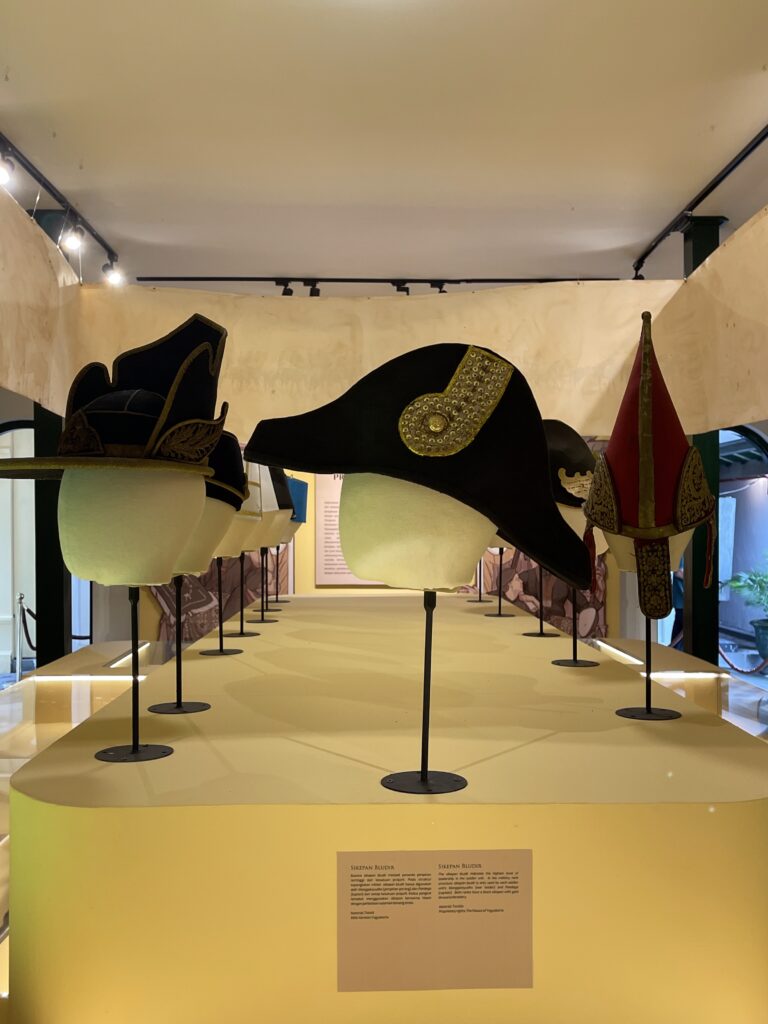
The significance of these symbols underscores why royal attire and accompanying attributes — such as spears, ceremonial urinals (ginondong), swords, and arrows — were essential elements of the Sultan’s presence outside the palace. The Hamong Nagari exhibition presents this aspect, focusing on the traditional apparatus directly associated with the Sultan during state ceremonies. Additionally, it highlights the apparatus responsible for the Sultan’s household, such as metalworking and blacksmithing, which were linked to royal heirlooms like the keris.
The exhibition also showcases the administrative apparatus managing the kingdom’s governance, including land affairs, taxation, and judicial matters. The structure of the exhibition follows distinct historical periods: the pre-Java War era, the post-Java War era, and the period leading to Indonesia’s independence.
“From this perspective, we draw the conclusion that the state apparatus within the palace was the precursor to the broader institutions that formed the Indonesian state. There is a clear relevance between the governance structure in the palace and the administration adopted by Indonesia today. One of the most evident examples is how local governments in Yogyakarta have incorporated palace nomenclature — changing the term camat (subdistrict head) to mantri and lurah (village head) to penewu,” he elaborated.
Today, the Yogyakarta Palace not only provides insight into the transformation of a royal city into a modern state institution, but also fosters discussions on cultural aspects deeply intertwined with Indonesian society that are often overlooked.
“At the conclusion of Hamong Nagari, we address the royal city’s spatial legacy. Although its institutions and structures no longer exist in their original form, we present an immersive space that highlights the heritage of the royal city and its state apparatus through urban toponymy. Many place names in the city can be traced back to the institutional functions established by the Sultan, reflecting the needs of the kingdom at that time,” Widjanarko said.
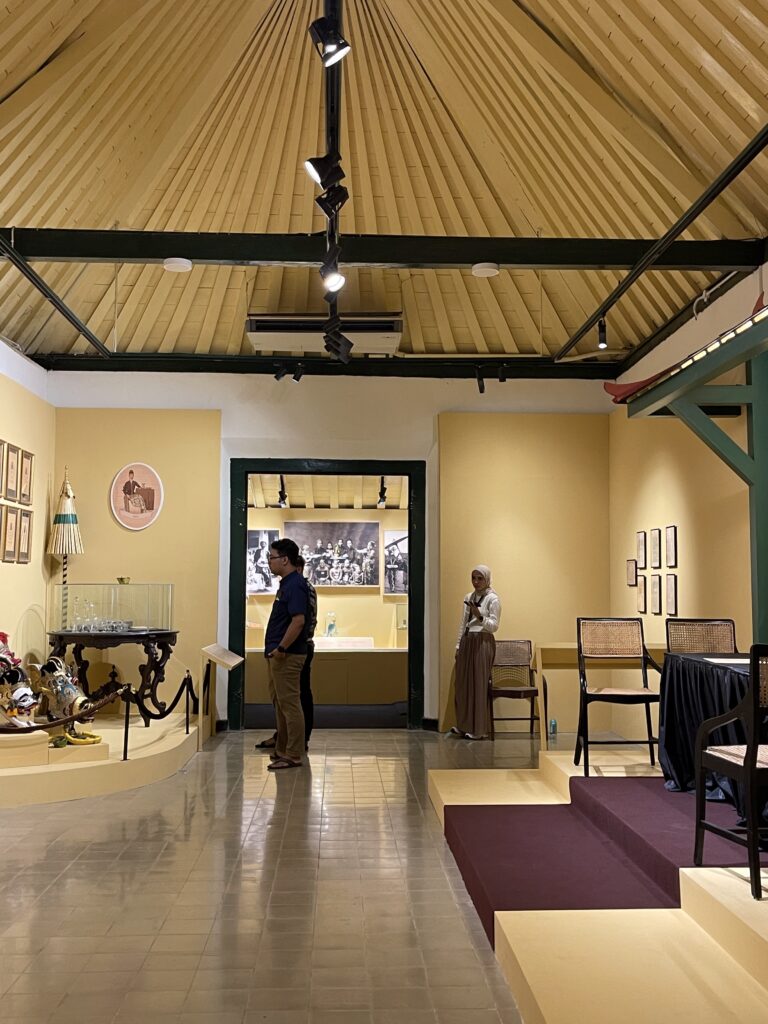
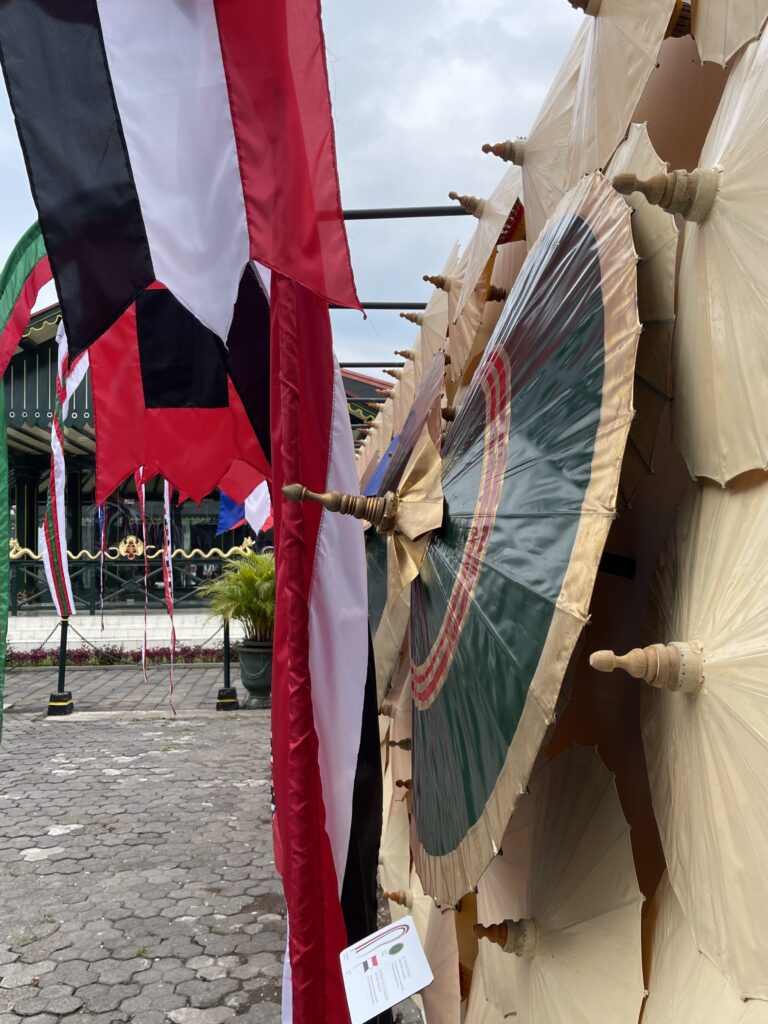
Photos courtesy of Syiva Zahra Arhanni (2025).
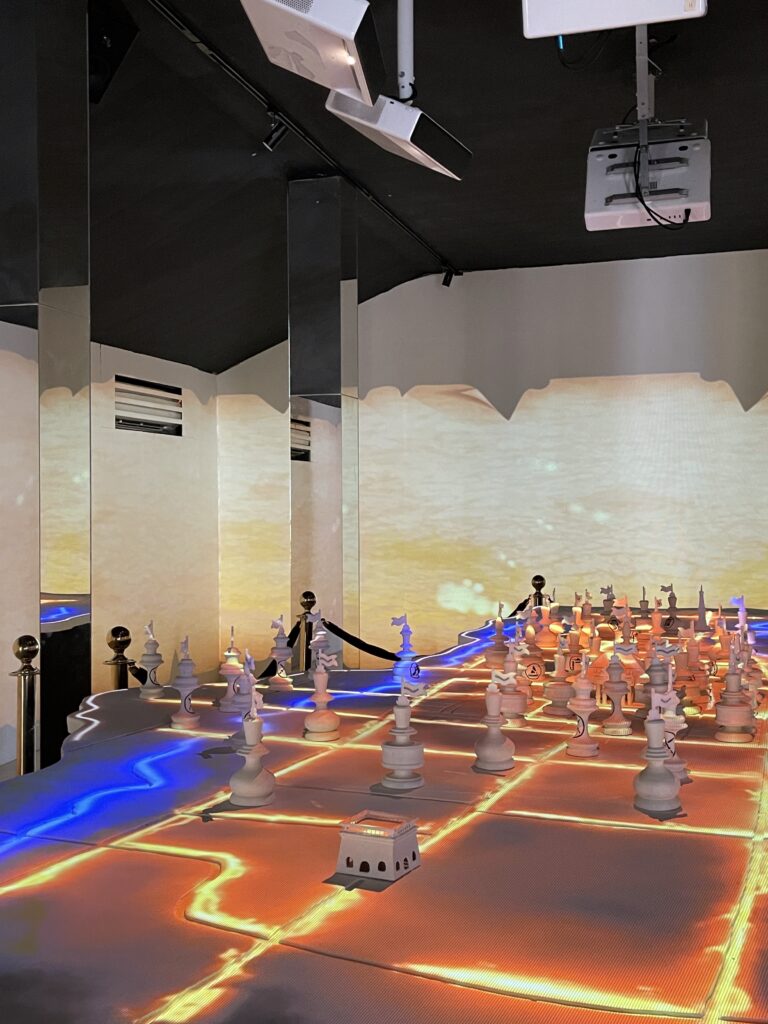
Looking for zines to add to your collection? Check out our “Jogja, Solo, Semarang” travel photozine spotlight here!
